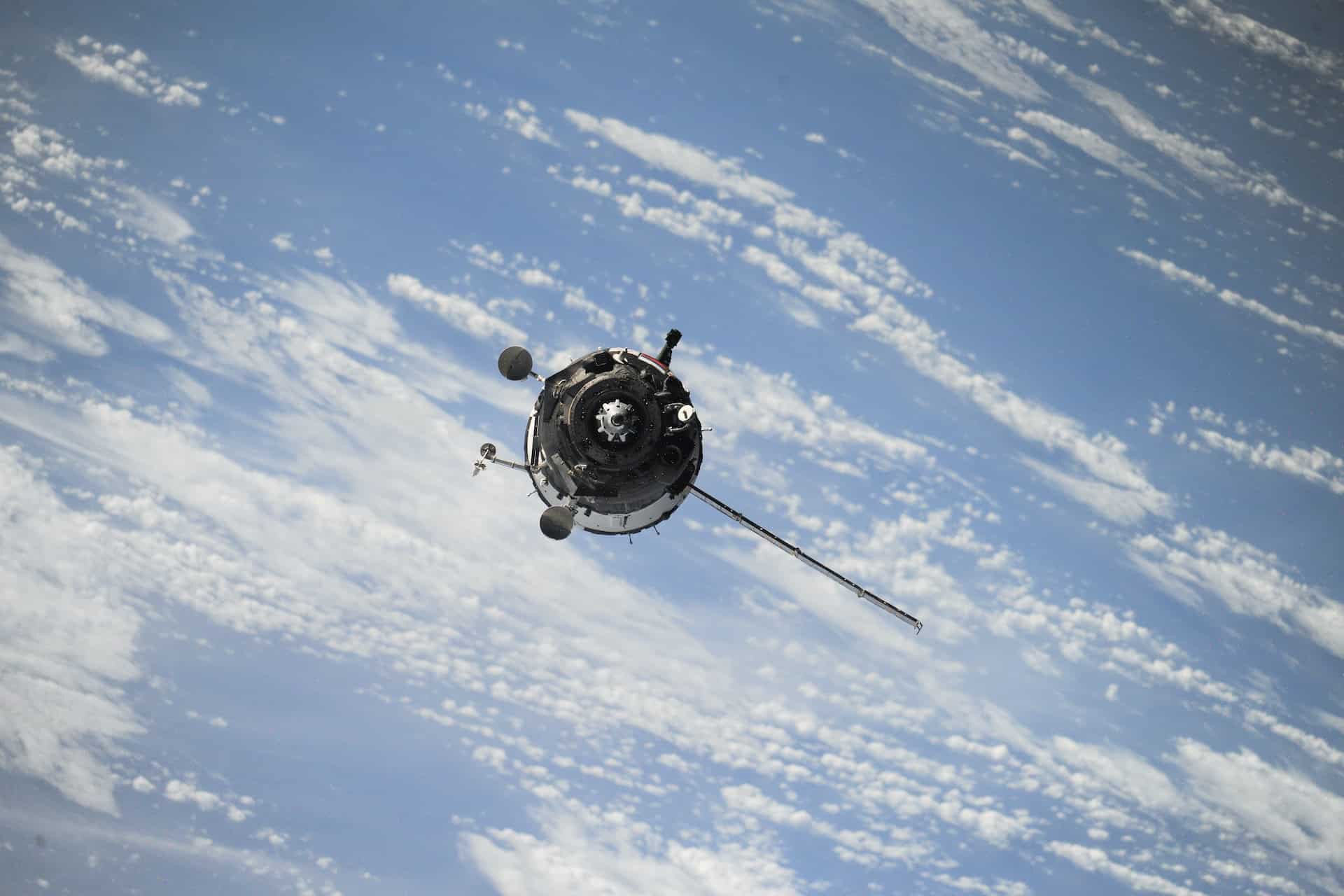
How to Select Satellite Components That Can Withstand Space
February 5, 2023 - Lou Farrell
Revolutionized is reader-supported. When you buy through links on our site, we may earn an affiliate commision. Learn more here.
There are over 4,500 satellites orbiting Earth at this very moment. Satellites are crucial for telecommunications, the internet, GPS, weather forecasting and more. Designing and building them isn’t easy, though. Satellite components must be highly durable to withstand the extreme conditions of space. How do engineers choose parts and materials for their satellites? What exactly are conditions like in orbit?
The Elements in Orbit
Satellite components can’t be everyday, off-the-shelf parts. Objects in orbit around Earth face an extreme environment with surprisingly harsh conditions. One might think it is peaceful up in orbit. After all, there is no atmosphere to create weather like on Earth. However, the elements in orbit are even more intense in their own way.
Before a satellite even gets to orbit, its components are already under a tremendous amount of stress. The satellite has to withstand extreme amounts of g-force during launch, when it can also face intense temperature fluctuations. Launch also subjects satellites to vibrations that can potentially damage components in the satellite if they are not reinforced well. Engineers do their best to secure and pad the satellite, but launches are physically demanding no matter what.
Once in orbit, satellites face intense direct sunlight with no atmosphere to protect them. Temperatures in orbit can be as high as 248°F (120°C) when a satellite passes directly in front of the Sun. When Earth is between the satellite and the Sun, temperatures hit extremes in the other direction, dropping to -148°F (-100°C). The satellite’s components need to be able to tolerate these drastic and repetitive temperature changes without warping.
In addition to extreme temperatures, satellites also have to contend with intense amounts of radiation. Earth’s atmosphere protects humans from harmful doses of radiation emitted by the Sun. With no atmosphere in orbit, satellites must have their own shielding against x-rays and UV rays.
Similarly, satellites have to have protection against geomagnetic storms, a type of solar storm that typically occurs once every 27 days. Geomagnetic storms can cause magnetic disturbances that can interfere with a satellite’s normal operations.
Other elements that can impair or even ruin a satellite’s ability to function properly are space junk, debris and small meteoroids. There are thousands of pieces of debris floating around in Earth’s orbit. No matter how small, if a piece of this debris comes speeding into a satellite, it can damage components that lack durable shielding.
The Most Common Materials for Satellite Components
Those building satellites must have durability in mind at every step. Engineers need to choose materials that are strong without being excessively heavy. Rocket launches are expensive and the price to launch a satellite only goes up as weight increases, so it’s always best to keep the satellite as lightweight as possible without sacrificing functionality.
When engineers are designing a satellite, they often build many of their own components from scratch. So, engineers often focus more on choosing the right materials rather than specific off-the-shelf parts.
Titanium and aluminum are the top choices for metal components and building materials. Both metals are strong without being bulky. While titanium is more popular with larger spacecraft, satellites typically use primarily aluminum. This is because aluminum is far cheaper than titanium, making it the more economical choice, particularly for projects like academic or research satellites. Fiberglass is also a popular structural material for satellites.
Kevlar is the leading choice for shielding components. This material is well-known on Earth for use in bulletproof vests. It is an extremely durable synthetic material that can offer protection without requiring numerous bulky layers.
Teflon and graphite are often used as solid lubricants for other parts. Liquid lubricants don’t work in space like they do on Earth. The intense heat a satellite experiences during launch and in orbit burns away liquid lubricants, so solid alternatives are necessary. Graphite is a common and cheap material on Earth, best known for its use as pencil lead.
Teflon is a synthetic polymer that’s extremely popular in cookware, a testament to its durability against heat. In fact, the reason Teflon is such a popular cookware material is its resistance to sticking – food does not cling to Teflon like other materials. That slippery quality makes it perfect for lubricating satellite components in space. While Teflon is not one of NASA’s many inventions, it did become more famous when NASA began using it in heat shields and spacesuits.
How Space-Worthy Electronics are Selected
Unlike the structural components of a satellite, the electronics are more likely to consist of off-the-shelf parts or custom parts ordered from a third-party manufacturer. Also known as commercial-off-the-shelf or COTS components for satellites, these parts may come from commercial sources but have often proven to balance cost and durability well. Electronics are typically the most fragile parts on any satellite, but the structural components often do most of the work to protect them.
When engineers are selecting electronics for their satellites, they have a few key objectives in mind – power supply, computer and sensors. Most satellites are solar powered, but they still require a place for collected solar power to store. Satellite engineers may opt for power supplies from other extreme industries that have already been designed for durability. For example, military-grade power supplies are designed to withstand extreme temperatures, radiation and vibrations. These rugged power units are able to hold up far better in space than a consumer power supply would.
Similarly, electronic components like circuit boards or motors are almost never sourced from consumer-grade suppliers. Radiation in particular can be extremely damaging to electronics. Excessive exposure to ionizing radiation can cause electronics to degrade, reduce their ability to conduct power and even turn components radioactive. While the structural radiation shielding on the satellite mostly protects electronics from most radiation, they still need to be far more durable than consumer-grade electronics.
Engineers have developed a strict set of screening requirements for space-worthy electronics, whether they are COTS components for satellites, custom made or otherwise. These screening requirements include numerous standardized tests electronic components need to pass to be considered durable enough for satellites and other spacecraft. When choosing electronics for a satellite, engineers will only opt for parts that can pass these tests, with very few exceptions.
Choosing Resilient Satellite Components
Only with high-durability, well-tested components and materials can satellites survive in orbit. Launch itself can be extremely physically demanding on satellites. Once they get to orbit, they have to withstand intense temperature changes and high exposure to radiation. Engineers carefully select satellite components that are made from materials that have been tested and proven strong enough for the extreme environment of space.
Revolutionized is reader-supported. When you buy through links on our site, we may earn an affiliate commision. Learn more here.




